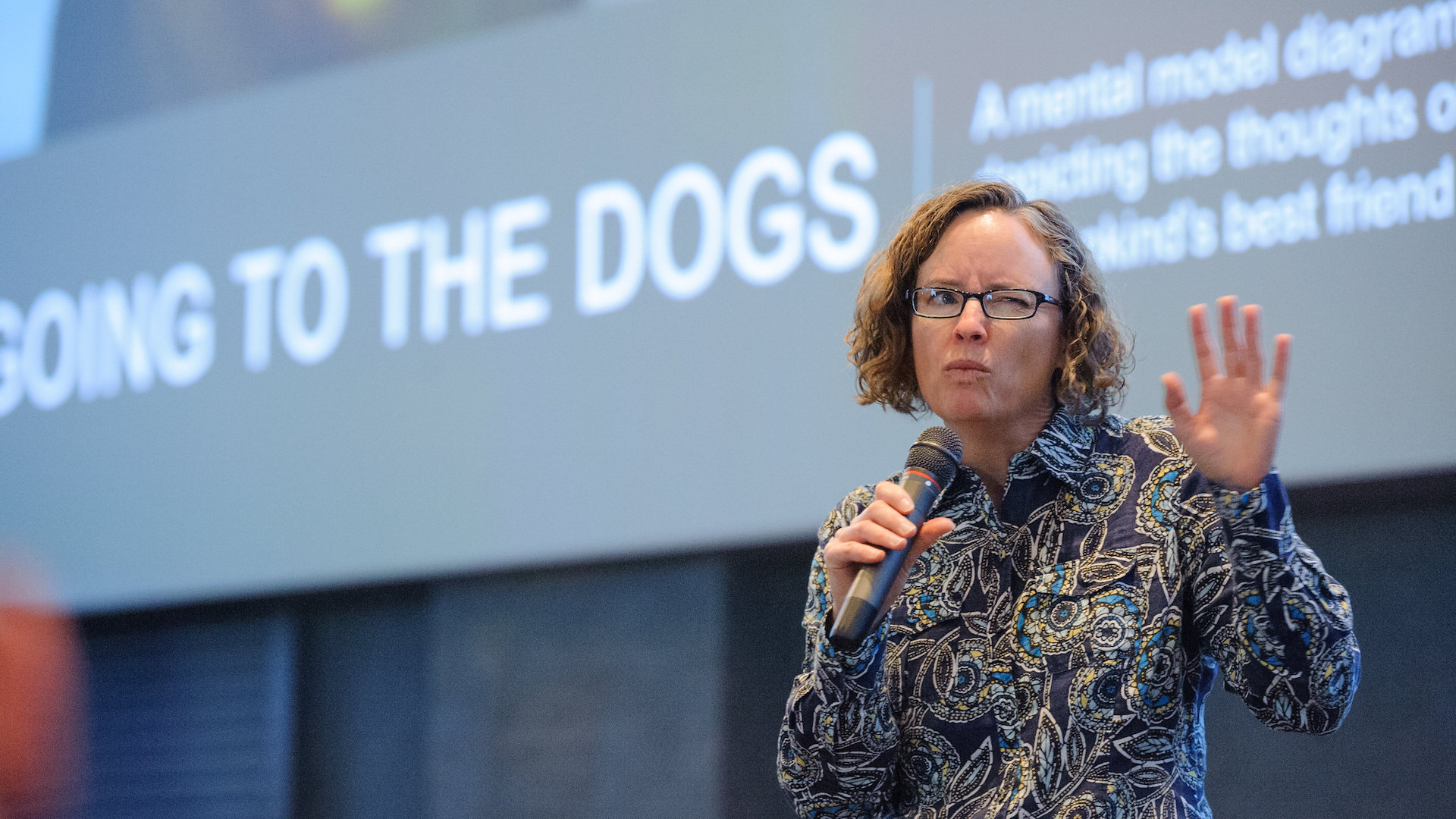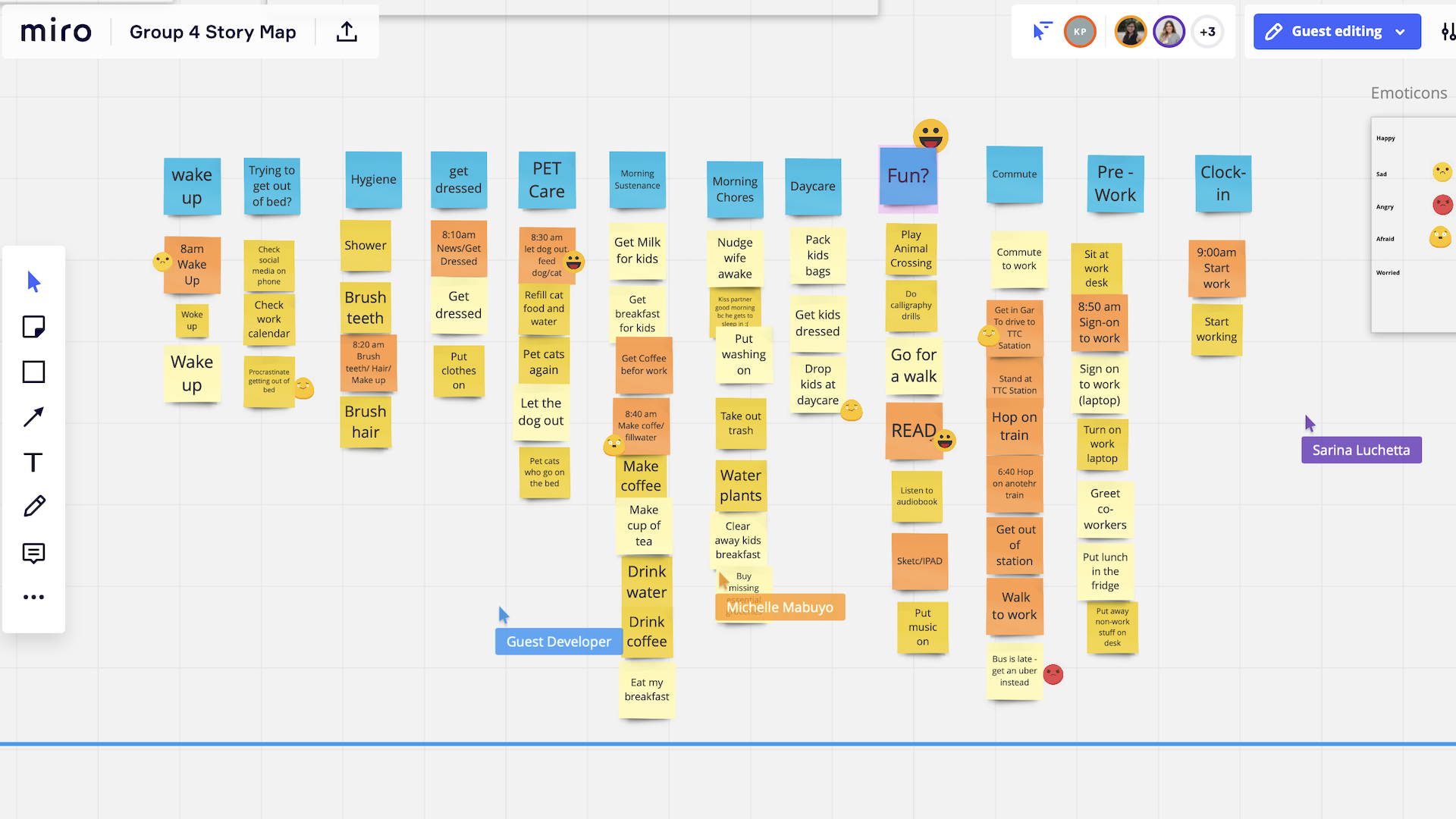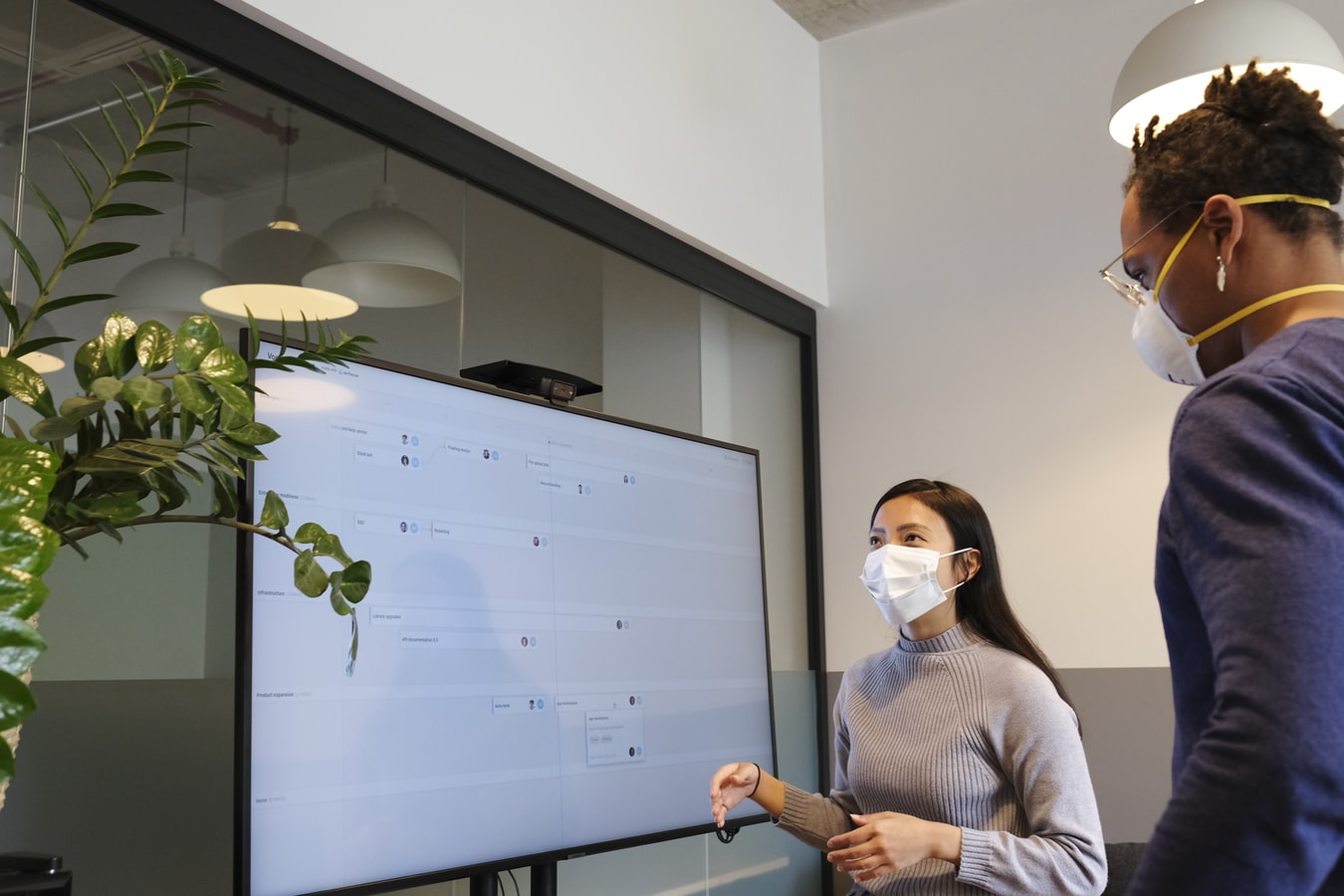The UX industry is facing a disconnect, says Designing for the Digital Age author Kim Goodwin.
When she started in product design, Goodwin says the focus was on designing software or tech products that people would buy. If they liked what designers did in the next version, those people would pay money to upgrade.
While the goal was to get better at measuring user’s needs, designers were having a hard time getting traction in organizations until Apple started selling the iPhone. Then the lightbulb went off for a lot of people, says Goodwin, now an independent consultant who helps organizations build their design and product capabilities.
The good news is that the influence of design has increased in the last several years. The not so good news? Design has become very focused on numbers — and sometimes, says Goodwin, the wrong ones.
“I think the value got lost in chasing those business metrics because a profit metric or an engagement metric is kind of soulless,” she says.
“In real life good decision making isn’t based on one metric.”
Goodwin first spoke at Fluxible 2015 about how an organization’s culture complements its design capabilities. She was slated to make a return visit to Waterloo Region for Fluxible 2020 before the COVID-19 pandemic shut down in-person events.
It’s been eight years since Fluxible, Canada’s UX Festival, began. We thought this would be a good time to reflect on how the UX field has changed since then. Not only has it been eight years since Fluxible began, but this year Fluxible itself has changed. Rather than an in-person experience, Fluxible offers a remote and virtual experience this year with Fluxible TV. It seemed like the right time to reflect on the user experience industry, where it has been and how it’s changed.
Changes in UX: From agencies to internal teams
Perhaps the biggest change in the industry UX researcher Indi Young has seen is that large organizations are building their own internal user experience teams.
“In the beginning you had to hire an agency to get this work done,” says Young.
That meant that there were plenty of small agencies around to do design work. Eventually, those turned into bigger agencies until large organizations realized they weren’t building that knowledge internally.
“They realized that when you hire somebody to do your website there’s more at stake and there’s more to the decisions. The decisions have to do with strategy and brand but also with who are the people we’re trying to serve and what are the purposes that they’re trying to accomplish that we can help with or support?” says Young.
But Young found that while those larger organizations were building internal teams, decision makers inside those organizations still struggled to understand what it meant to build your strategy based on understanding people’s purposes. While they understood the mechanics of building a website, testing a product, or doing AB tests, Young says she still heard from UX designers inside those organizations about how to convince stakeholders of the value of design.
That prompted Young to pivot her business. She now researches how to help people talk to stakeholders about the value of design and teaches organizations some of the traditional knowledge she felt was lost because there were so many new people entering the UX industry and the focus was on how to do things fast.
“So we end up with people who are young or people who are new to it not being taught what we learned over time. I think that’s another driver why I started teaching is that I want other people to keep passing it along, because if the lessons we learn get lost then we have to learn them again as a community,” says Young, who will present how to pay better attention to the problem on Fluxible TV.
Design ethnographer Kelly Goto, says her agency, gotoresearch LLC, supports many in-house teams. She, too, says one of the big changes in the industry is that as design has moved in house, design cycles have become so fast that a lot of the rigor and discipline of UX research and strategy are lost. By the time UX researchers finish a persona project or usability testing, the product has gone past that point, she says.
“The product pace has exceeded the pace at which good user experience design and customer experience design can happen,” says Goto. “So I think the discipline is being a little lost and the pressure to produce is outweighing the ability to do good work, so companies are stepping back and realizing, ‘Hey wait a minute, we need to actually have a process in place.’”
That’s when relationship building inside organizations becomes key, says Young. The onus is on the UX people inside those organizations to listen and build those relationships. Over time, the decision makers will begin to trust designers and researchers and start to have a two-way conversation, says Young.
“I always tell people never to eat lunch alone. Try to sit down with someone — not just the same person or somebody that you’re comfortable with — and say ‘Gosh I’m so interested in what you’ve been doing, gosh I want to learn more. Hey can we have lunch so you can tell me more about it?’ ” says Young.
“Do it at the upper levels too if you can, they have to eat too. Lunch is not too much commitment and you’re not sitting there recording everything, you’re just listening. Afterwards you can record something and write some notes. But it’s all just, ‘I’m here to hear you.’ ”
Eventually, that person will turn around and listen to you as well, says Young. That’s your opportunity to explain the value of research and design, she adds.
Bringing experiences together
Kitchener-based foresight practitioner and design researcher Janice de Jong started in industrial design in the early 2000s. Since then, opportunities for designers have grown, she says.
“Experiences have grown for me beyond what is the hardware handheld experience versus the software versus the service. I feel like it’s just expanding in all directions of what could be. Being in the design space is a lot less restrictive than I thought it was when I first forayed into this,” says de Jong.
There’s more of a holistic idea of what the experience is at all levels, she says. And that’s translating to industries as well. De Jong never thought the federal government would be an interesting place to do design research, but she just completed a 16-month-long project for the Canadian government around how to design services for refugees.
De Jong isn’t the only person who thinks the design industry is moving toward a more holistic approach.
Although they started out as different disciplines, user experience, customer experience, and service design are beginning to merge, says Goto. She calls this evolution “experience design thinking.” It’s different from universal design and it’s one of the biggest industry changes Goto’s seen recently.
While UX used to solely focus on the product and “interface side of the world,” says Goto, it’s now overlapping with customer experience — which has roots in marketing and focuses on the customer — and service design, which has roots in hospitality and encompasses the entire experience.
That overlap between the three disciplines — user experience, customer experience, and service design — is happening in part “because the customer doesn’t see the difference between those groups, it’s all just one experience for them,” says Goto, who wrote a piece about why she thinks experience design is a more holistic approach.
“We are trying to be more people centric, and that’s an organizational imperative because if they’re not people centric and don’t understand how those people fit into the ecosystem or into the usability and know how to use the actual product then they’re going to fail,” she says.
Organizations need to figure out how to centralize experience design as early as possible so that it’s embedded in the culture because once an organization grows and spreads, it’s hard to change its culture, says Goto, who will appear on Fluxible TV to talk about universal design and rethinking adaptive experiences.
Fluxible TV goes on the air June 4. Registration is now open.





